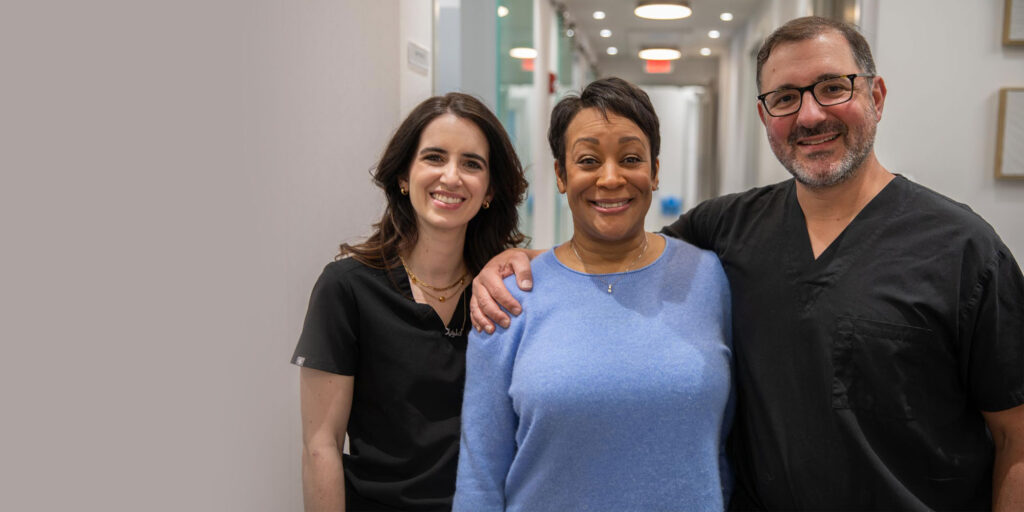
Authors. Expert Clinicians
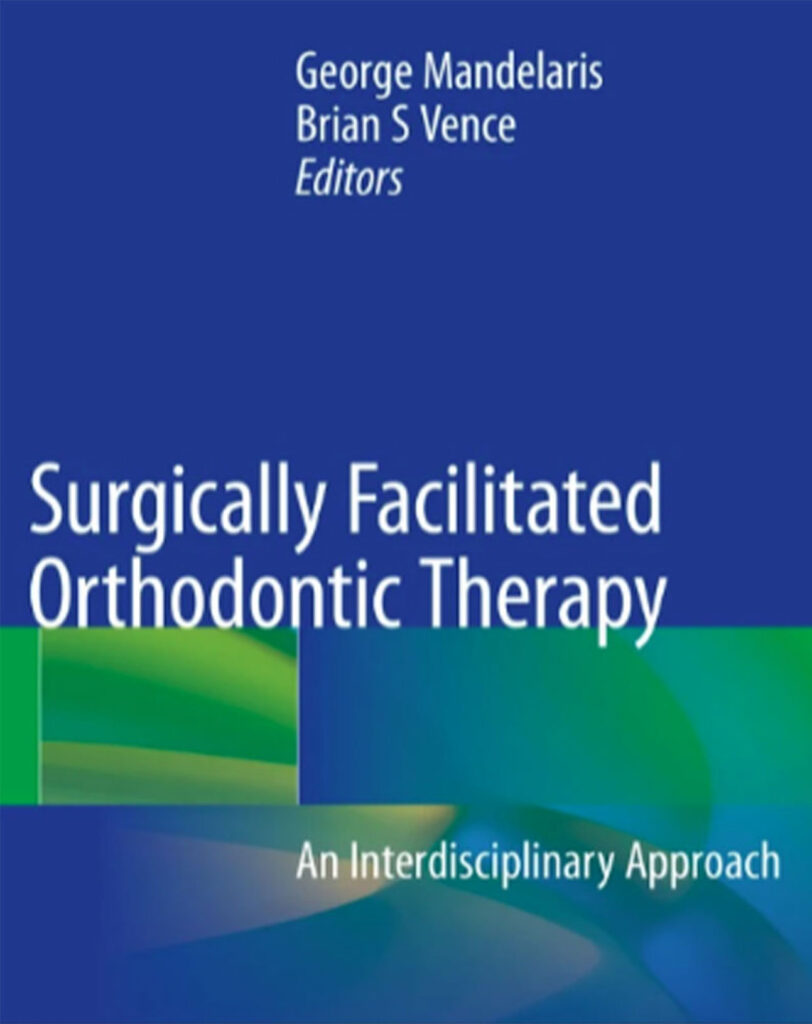

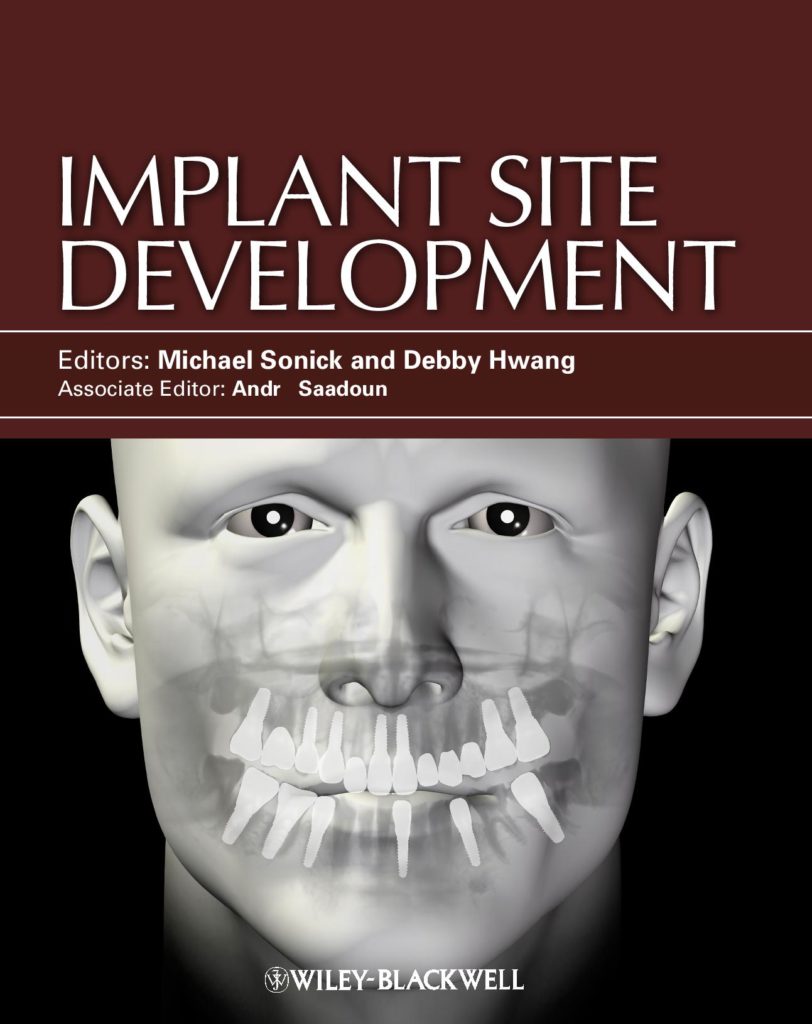

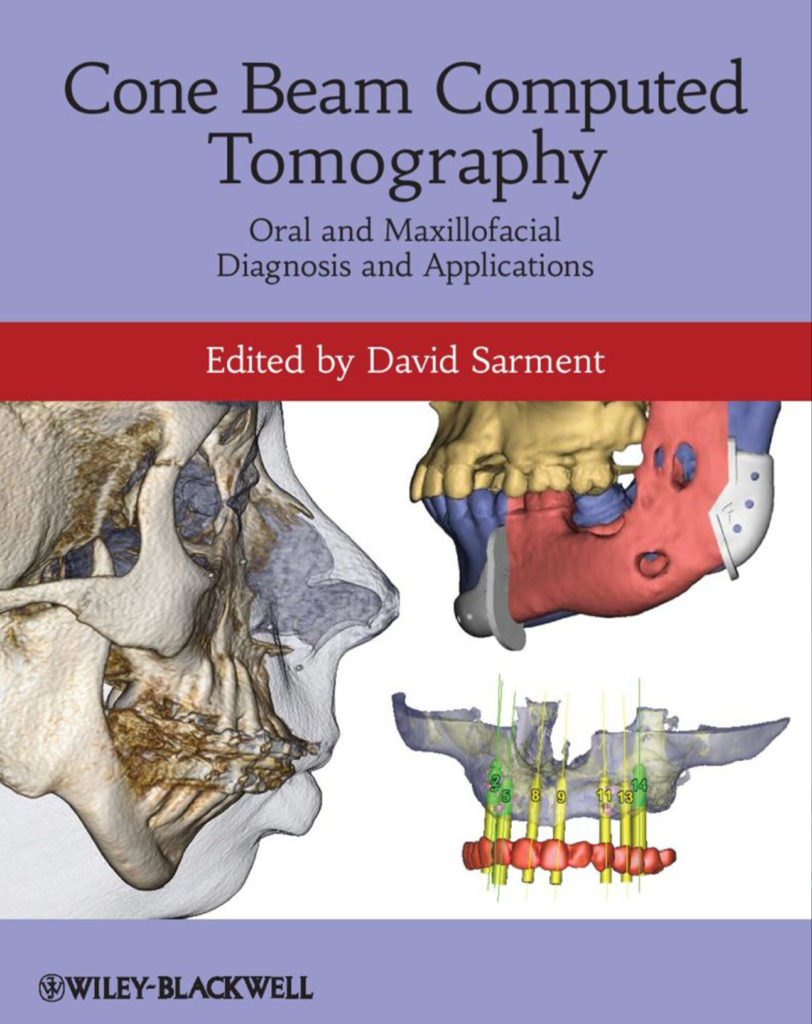
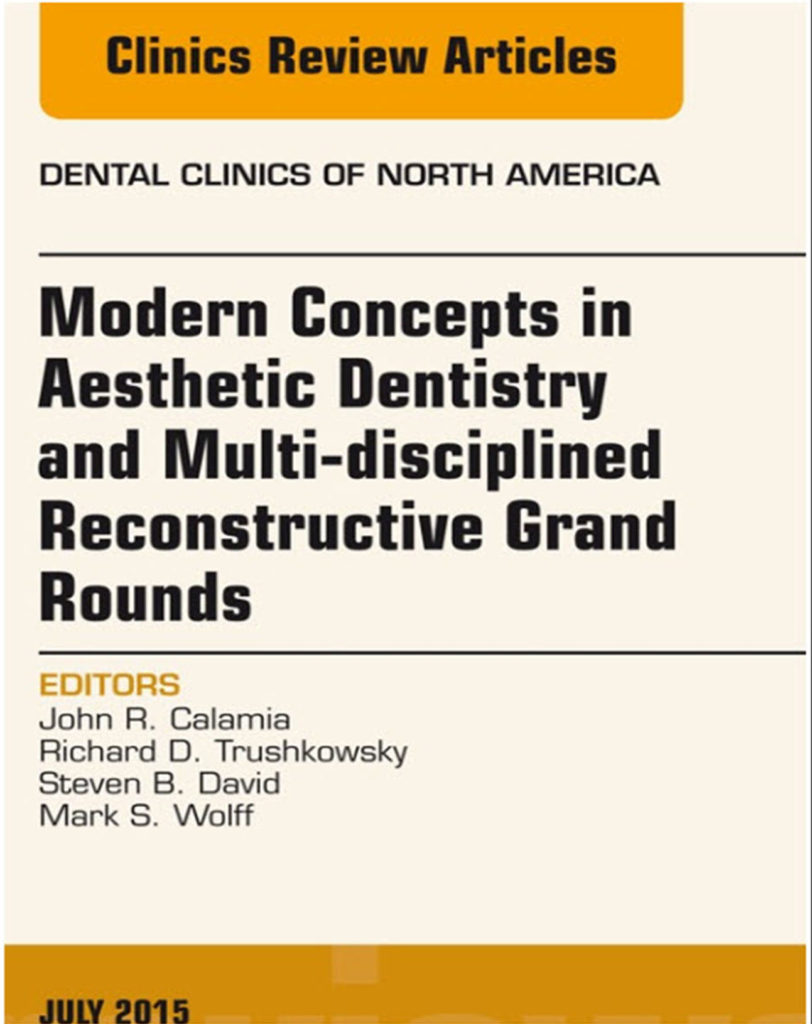
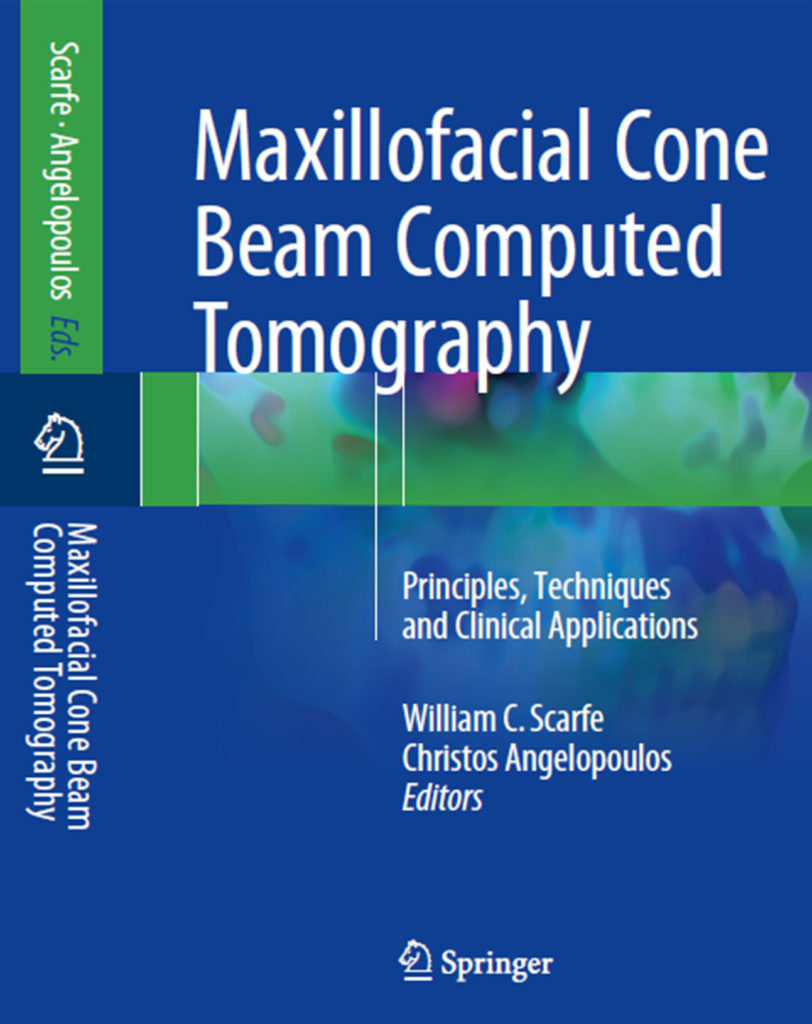
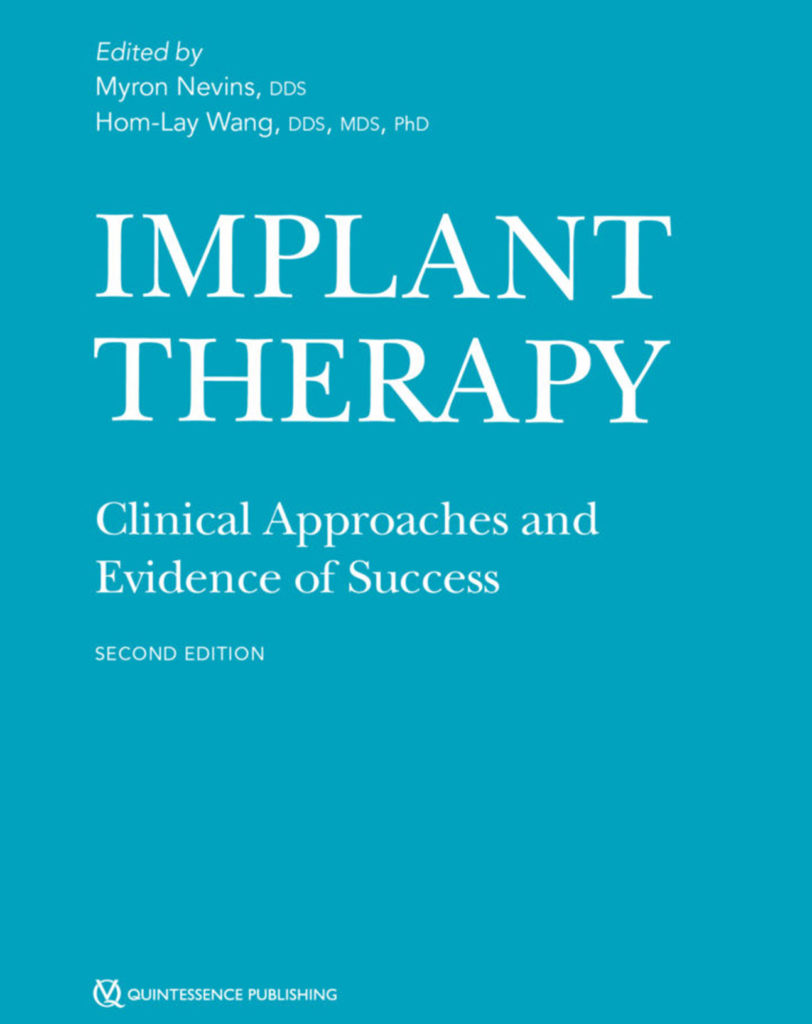

The Use of Case Type Patterns to Facilitate and Simplify Diagnostics in CT Guided Implantology

Surgical Guides
One of the factors that most commonly interferes with and complicates dental implants is insufficient bone mass. This can also result in implant failure if careful planning is not done to ensure success.
Guided implant surgery uses digitized molds of your mouth and low-radiation CT scans to map out the shape of the available bone and the location of nerves and adjacent teeth. We can then carefully plan the case with an eye on our final outcome: your new teeth. We then send this data to a lab to create a custom surgical guide that our implant surgeons use to precisely drill into the jawbone.
This technology enables us to evaluate the bone before surgery so that we can engineer a favorable final result instead of reacting to a surprise during surgery. We want to get you all of the benefits of a full, strong, beautiful set of teeth – now and for years to come!
Dynamic Navigation
Using the same 3D technology used for making surgical guides, we’re also able to create a virtual rendition of your jaw on a computer screen and simulate placement of dental implants and crowns within minutes. We can make modifications as needed to ensure you’re happy with the outcome.
During the implant placement procedure, our surgeons can see precisely where the drill is in real time, much like GPS tracking. These closeup views enable us to place the implants exactly where they should be so that we achieve the best possible results. This process saves time while reducing your chances of experiencing complications from your procedure. In all, it’s a more accurate, safe and precise alternative to traditional freehand implant placement.
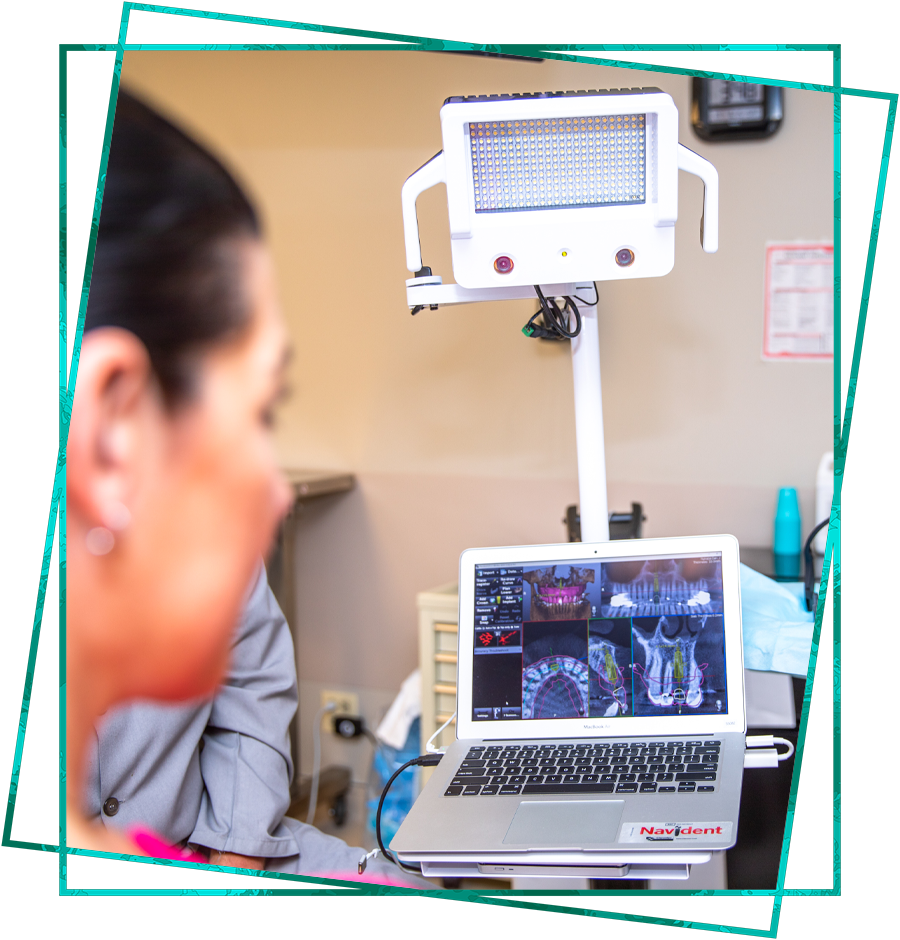
Our Patients
Tell The Story Best
Find Out If You're A
Candidate For Dental Implants!
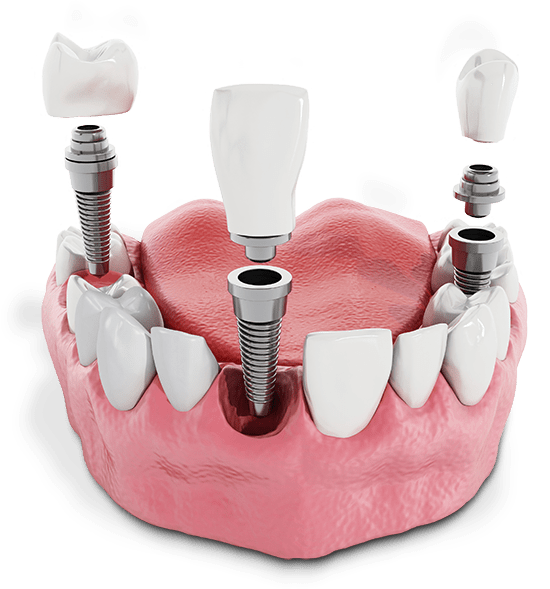
Answer The Following Questions To Learn More About Our Pricing & Financing Options!


"Dr. Mandelaris's Expert Care Gave Me The Comfort To Go Through With My Dental Implant Treatment!"
Paulette - Upper All-On-X




